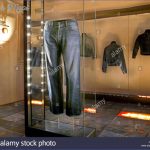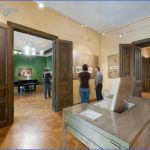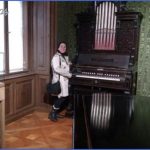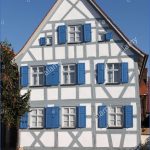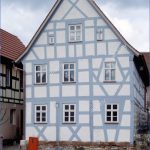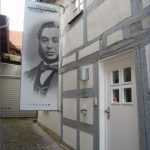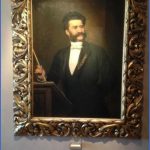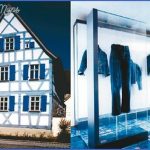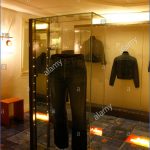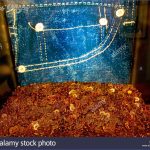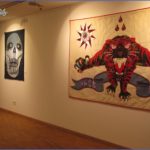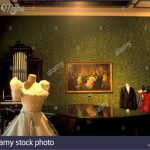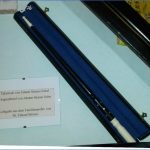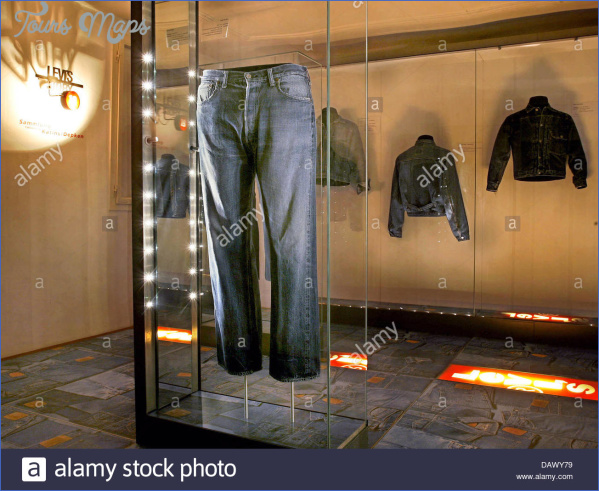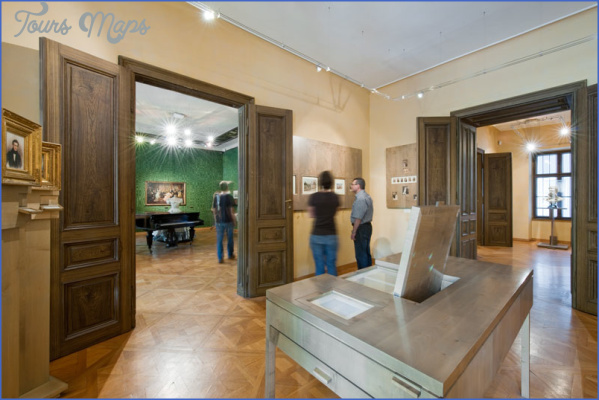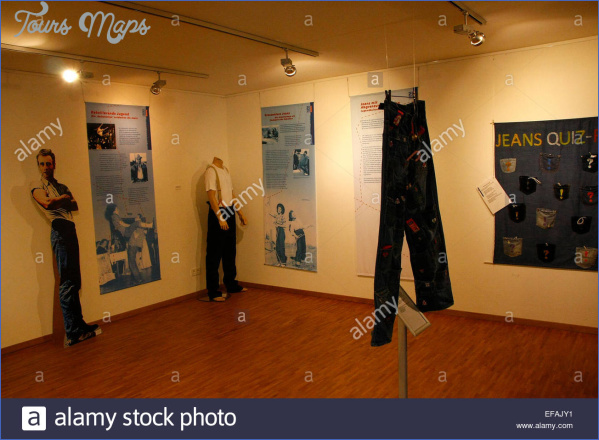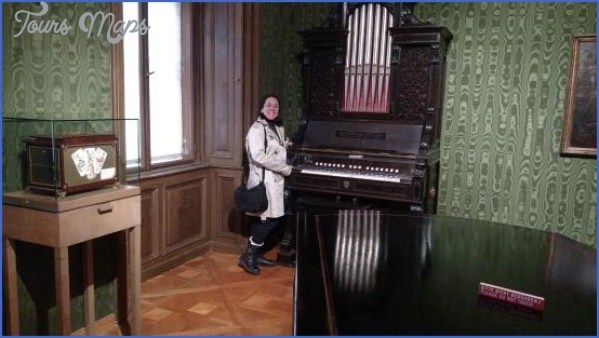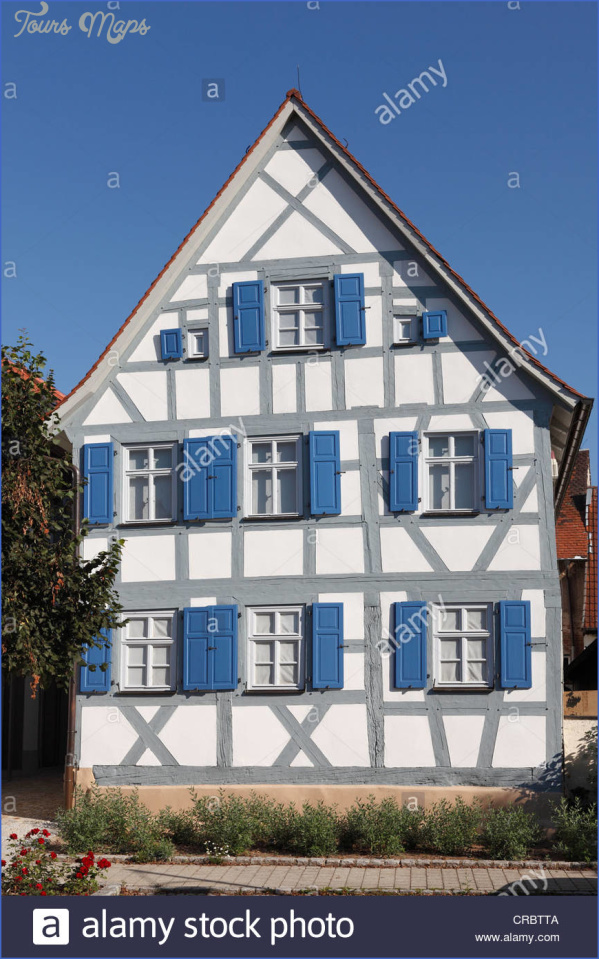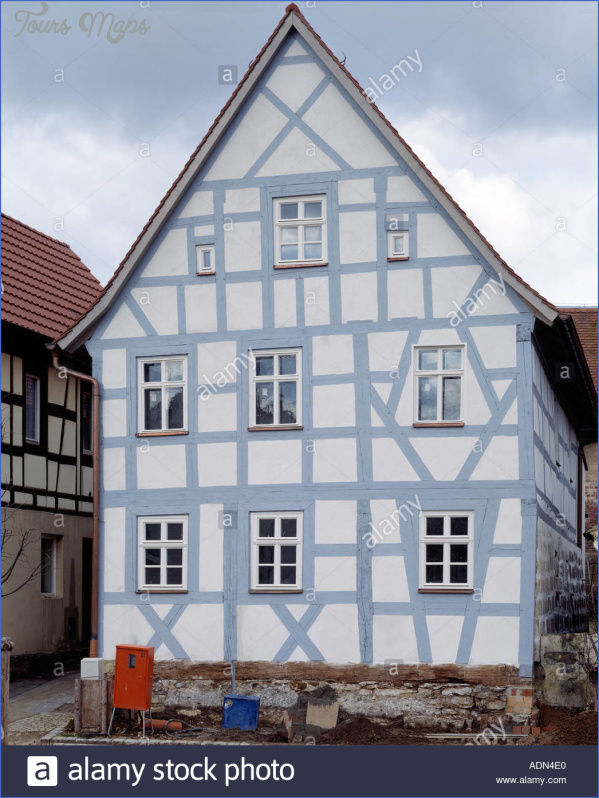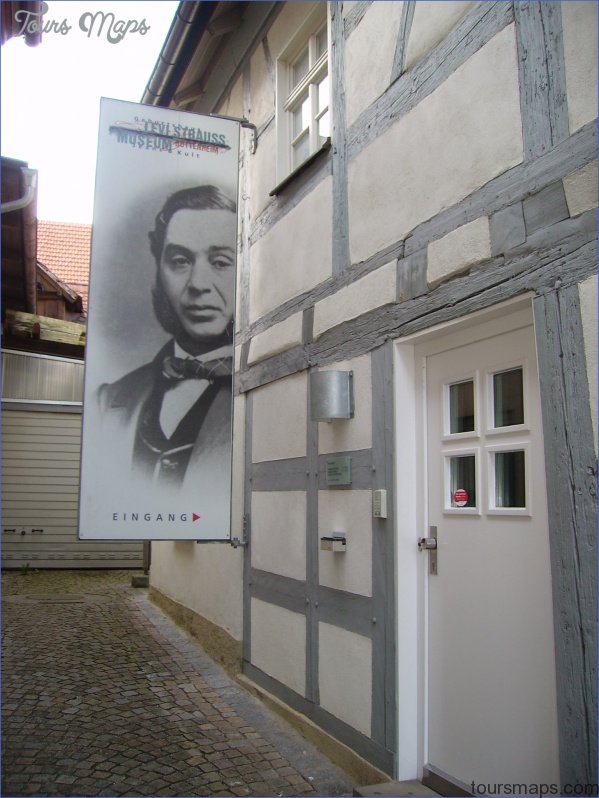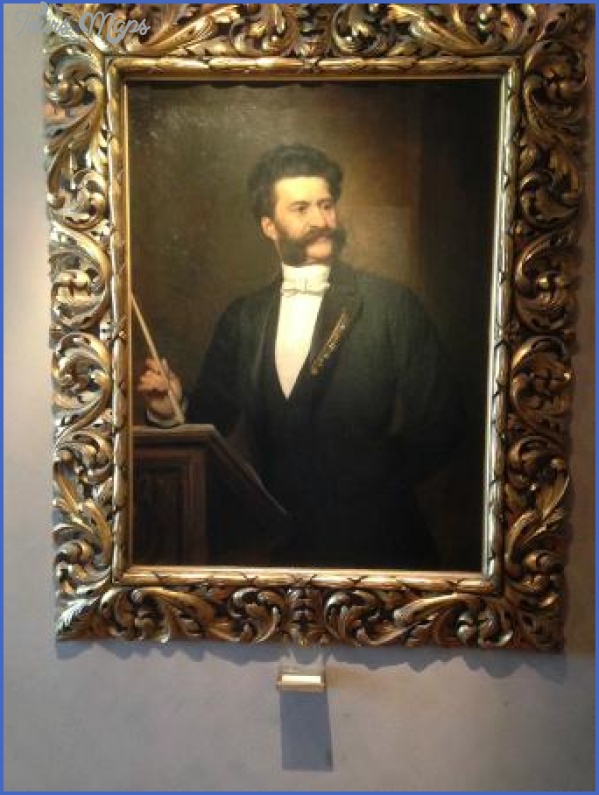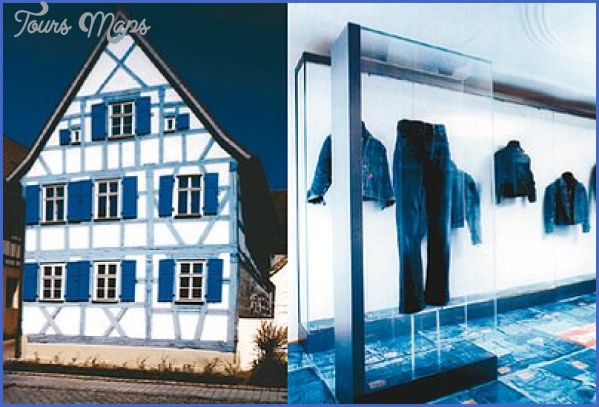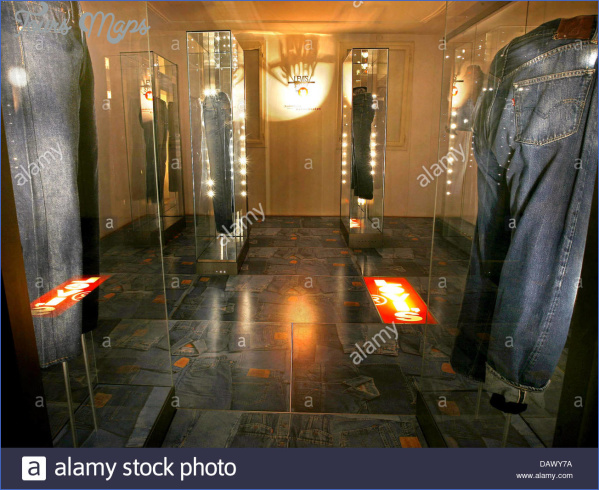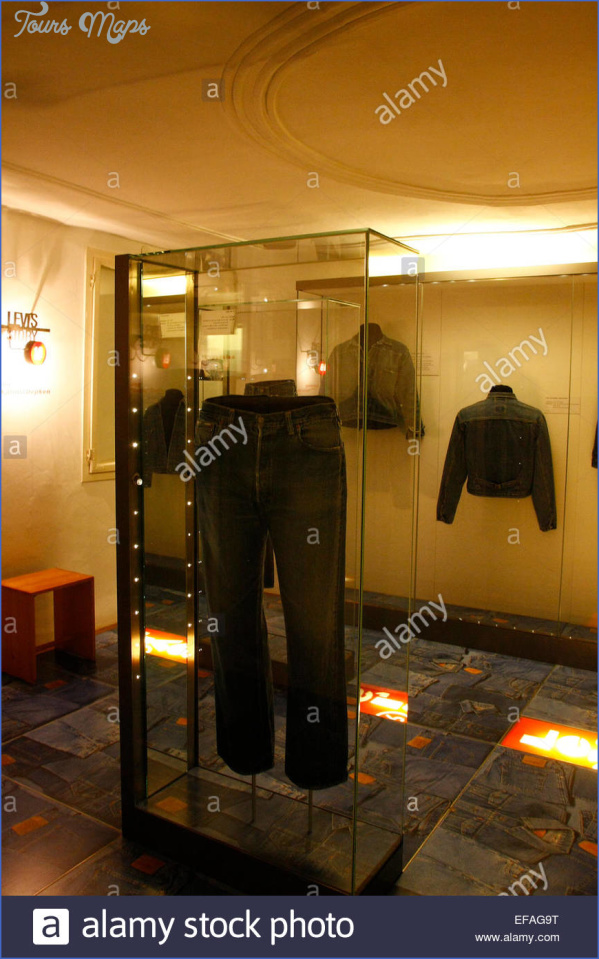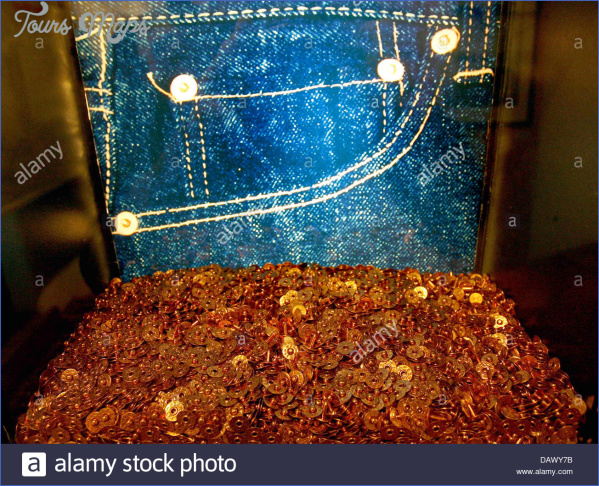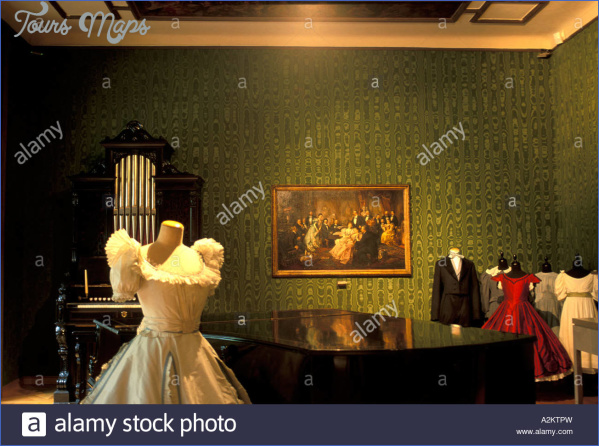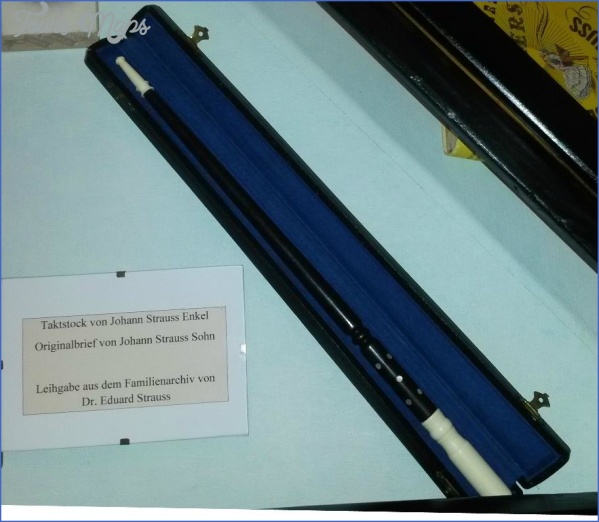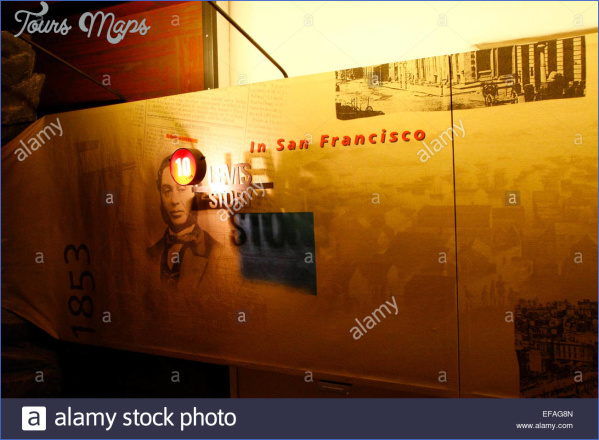STRAUSS MUSEUM
There is a famous tale about Richard Strauss. Recalling that when the prim, disapproving Kaiser Wilhelm heard Salome, and said ‘It will do Strauss no good’, he pointed out that the royalties from the opera had paid for his splendid villa at Garmisch-Partenkirchen. That was in 1908. The villa is still owned by the family and was occupied by Strauss’s son until his death in 1980. It is not open to the public, but it holds a large archive of music, letters and pictorial material, which was built up by Strauss’s daughter-in-law and is now managed by the wife of one of his grandsons (one lives in Garmisch, the other in Munich). In due course, and in particular when in 2019 the flow of royalties ceases (70 years after Strauss’s death: he was born in 1864 and died in 1949), it may become a museum. A video tour, guided by one of the grandsons with reminiscences from the other, shows something of its riches – pictures, objets d’art and countless letters, documents and music manuscripts.
For the moment, however, something of a museum’s role is supplied by the Richard-Strauss-Institut, also in Garmisch-Partenkirchen, now a skiing centre in the Bavarian Alps. This institution, set up in Munich in 1982, moved in the late 1990s to a handsome house in Partenkirchen, made available by the municipality, and opened on the 50th anniversary of Strauss’s death in 1999. It is supported not only by the town of
Garmisch-Partenkirchen but also by the Munich Richard-Strauss-Gesellschaft and the German copyright authority (GEMA), in which Strauss had been much involved, and it works in close and friendly collaboration with the Strauss family.
STRAUSS MUSEUM Photo Gallery
The primary function of the Institut is research and documentation. But it is open to the public, and it is pleasant and inviting. It has a comprehensive library and an archive, with a reading room and conference room, a small concert hall seating about 70 (used regularly for recitals, film shows, lectures and meetings, and with a Steinway presented by Wolfgang Sawallisch), and there is a multimedia terminal with an interactive video display. There is a video and CD room, for public use, in the basement, and a cafe.
There are two public exhibition rooms on the ground floor. These initially showed new exhibitions every six months; the first, in 1999, had been concerned with the Strauss family and the Garmisch villa, and at the time of our visit there was a particularly attractive and perceptively presented one on the connections between Beethoven and Strauss, prepared in collaboration with the Bonn Beethoven museum. These however are giving way to a standing display, with smaller, shortterm annual exhibitions. They draw not only on the institute’s own archive but also on the Strauss family one. This is a ‘klin-gende Museum’, a sounding museum, with 20-minute spells of music heard several times daily.
This institution, which so happily and elegantly blurs the lines between appealing display, music-making and scholarship, so that each informs and enhances the others, is not Garmisch-Partenkirchen’s only tribute to its most distinguished citizen. Strauss is buried in the churchyard, and there is a Richard-Strauss-Platz with a fountain in his memory, a Richard-Strauss-Saal in the Kongresshaus and a school named after the great man. Among the commemorations of Strauss elsewhere are plaques outside the former house of his wife’s family, the De Ahnas, in Marquartstein, south of the Chiemsee, recording his presence there in 1894-1907, and on the house given to him by the City of Vienna, where he lived from the 1920s, at 8-10 Jacquingasse in the 3rd district.
Maybe You Like Them Too
- Explore Blavozy, France with this detailed map
- Explore East Lindfield, Australia with this detailed map
- Explore Bonferraro, Italy with this detailed map
- Explore Doncaster, United Kingdom with this detailed map
- Explore Arroyito, Argentina with this Detailed Map

